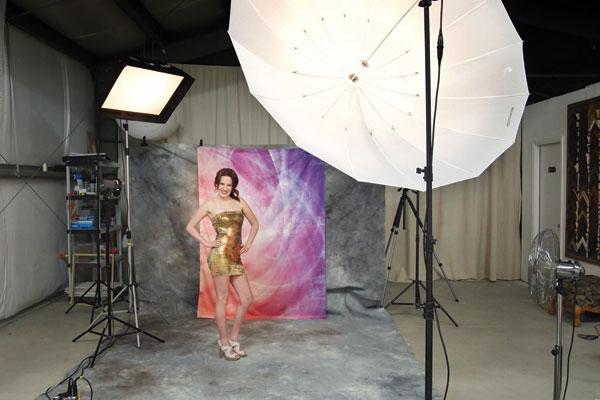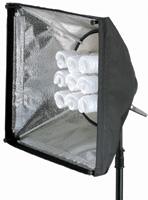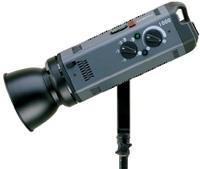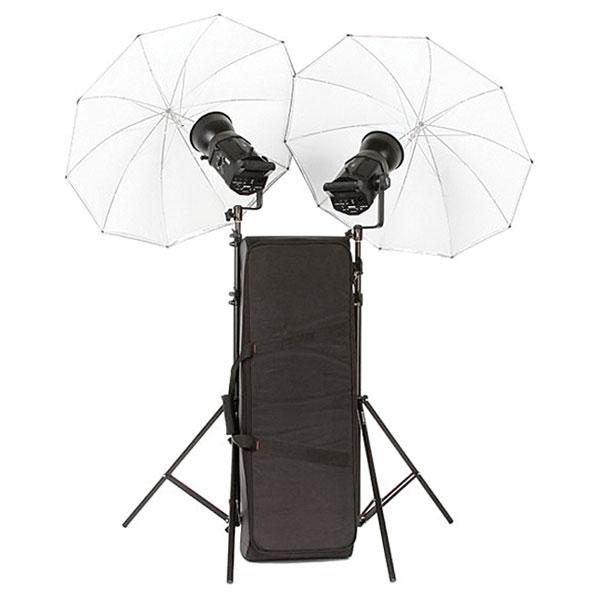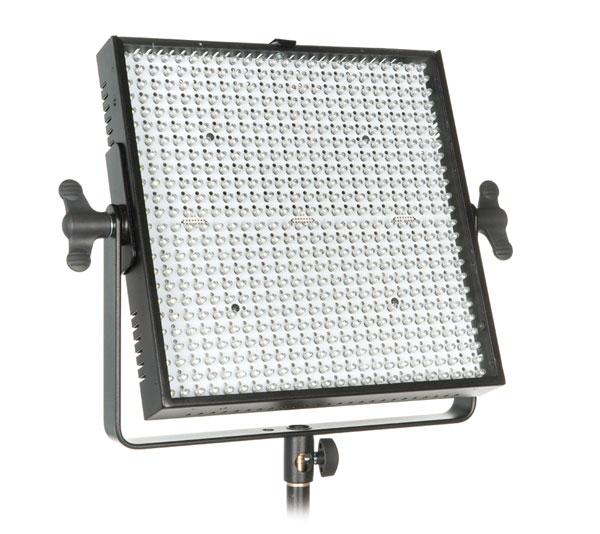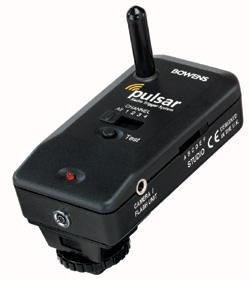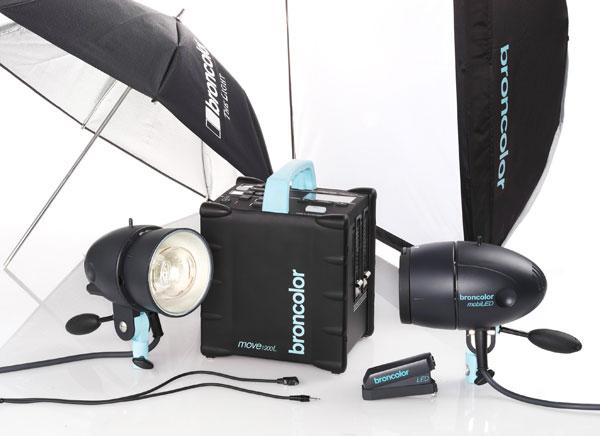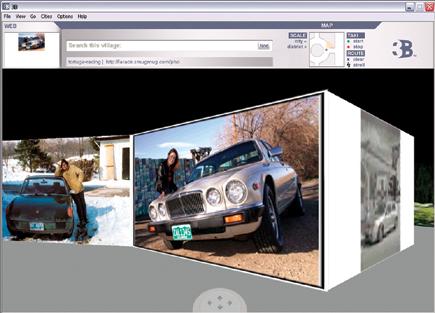Joe Farace
Sort By: Post Date | Title | Publish Date
|
Nov 18, 2011 |
First Published: Oct 01, 2011
|
Jan 01, 2001
|
Oct 15, 2013 |
First Published: Sep 01, 2013
|
Mar 11, 2014 |
First Published: Jan 01, 2014
|
Oct 01, 2004
|
May 02, 2014 |
First Published: Mar 01, 2014
|
Jan 10, 2012 |
First Published: Dec 01, 2011
|
Nov 01, 2005
